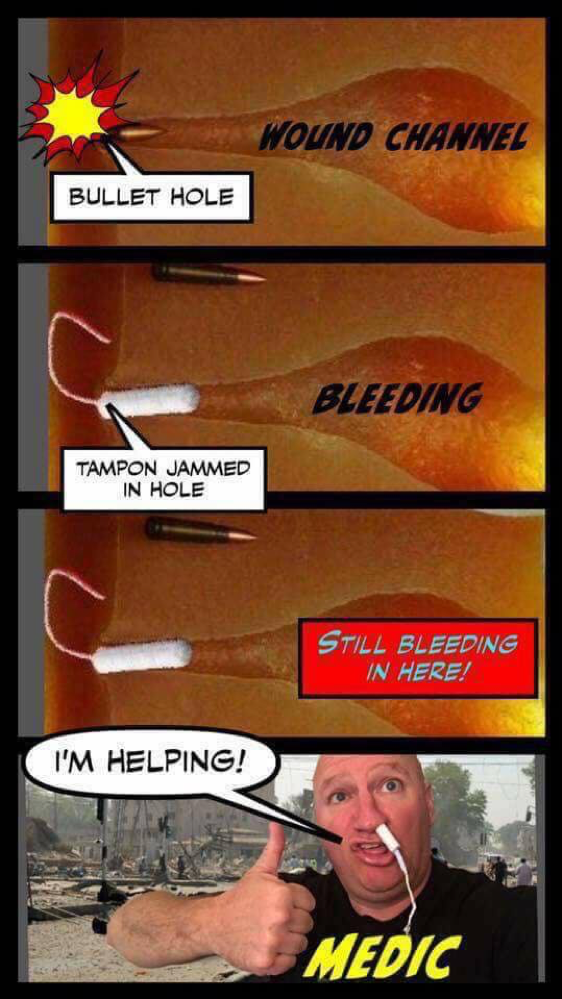 |
| Source: "'Worst civil unrest since 1994': How South Africa plunged into riots, looting and turmoil"--Money Control (2021). |
In his article at Hot Air entitled "The collapse of South Africa," Jazz Shaw holds up South Africa as a warning of what could happen to the United States. "The government and the police have almost disappeared, the energy grid has imploded, half of the people in the country are out of work and the nation’s infrastructure has crumbled," he reports.
Shaw notes that the country’s railway system has "all but ground to a halt" due to corruption and mismanagement of the Transnet company which owns and operates the railroads; the same company that also manages the ports and pipelines that connect South Africa to the outside world. And, he adds:
It’s not just the trains and the rest of the transportation infrastructure that has fallen apart. The country’s power grid has fallen well below the break-even point of energy generation and consumption. Rolling blackouts happen every day and much of the country is left without lights or heat. The roads are impassible in many areas and there is no money to repair them.
The lack properly funded and staffed police have resulted in looting and violence becoming commonplace. (Wikipedia observes that "[w]hen compared to other countries South Africa has notably high rates of violent crime and has a reputation for consistently having one of the highest murder rates in the world"). Stealing and gang violence is also widespread. In fact, according to a Twitter user cited in the article, the country is seeing "an increase in coordinated attacks on water, power and comms infrastructure," and "[l]ooting is no longer just a daily thing, but is also now becoming more structured with guerilla planning involved." The number of people relying on government grants and welfare to live is about to exceed the number of working people. And it sounds like inflation is out of control.
The situation is so bad that just two days ago--on Jan. 26--the U.S. embassy urged American citizens travelling to or living in South Africa to stockpile food and water amid the “ongoing power crisis” and warned of the potential for riots.
And it will be getting worse: the Twitter user cited in the article points out that the South African government is about to implement its Expropriation Without Compensation (EWC) program "where land is taken from rightful and legal land owners and given to the 'previously disadvantaged'" and will also be implementing an nationalized health care system. Land expropriation from white farmers to black communists is what led to the collapse of the economy and agriculture in Zimbabwe--once a breadbasket of Africa. And nationalized healthcare is only something the richest of nations can afford.
What is the cause of this? I suppose one could point all the way back to the end of Apartheid and devolution of power to black political parties, most especially the socialist/communist African National Congress (ANC). After all, we've seen how well black Democratic governance has worked in various cities in the United States. In such situations, government becomes organized crime. But the author instead focuses on a more recent development: "green" environmental policies. Shaw explains:
So how did all of this happen? There were a variety of factors involved, including government corruption and organized crime. But a couple of years ago, in order to stay in the good graces of the world banks and the global climate cabal, South Africa agreed to ambitiously reduce its carbon footprint. They used to mine a lot of coal and other desirable resources, but their output has plummeted. Don’t worry, though. They’ve blown some serious money on renewable energy. You can see how swimmingly that’s working out.
And he warns:
Does any of this sound familiar? Do you recall when America’s supply chain buckled when our own transportation infrastructure tanked and cargo ships were lined up at the ports for weeks? We too have seen rolling blackouts in multiple parts of the country as we rush to forbid the use of fossil fuels and toss up endless numbers of solar and wind generation plants. And it’s not as if we haven’t seen our fair share of rioting.
It really doesn’t take that much of a shove to cause a formerly muscular infrastructure to grind to a halt. South Africa is on the verge of societal failure. And if you think it couldn’t happen in the United States, you’re kidding yourself.








